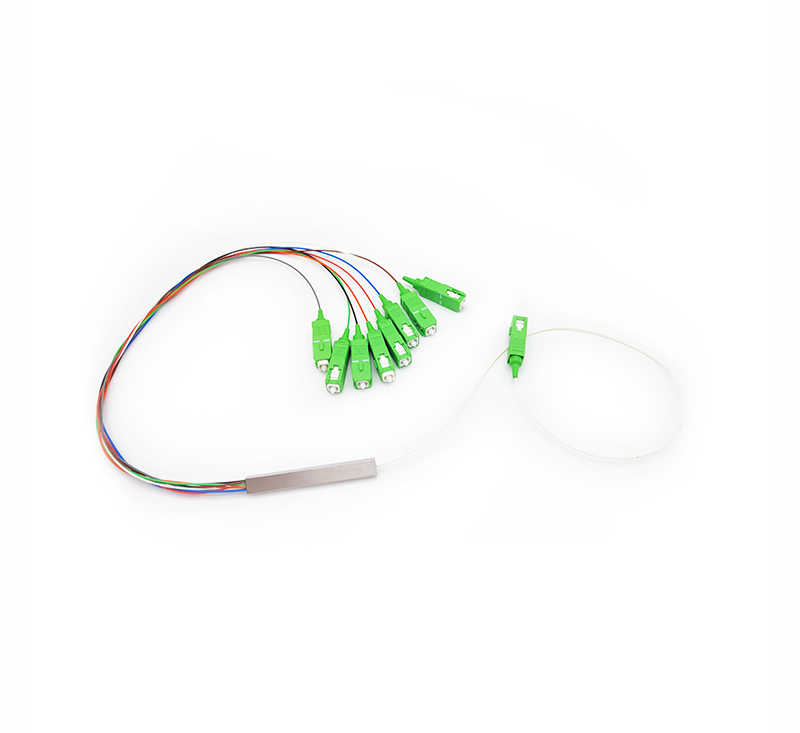When the phone converts the acoustic network signal into an electrical signal and then transmits it to the switch through the distribution line, and then the switch directly transmits the electrical signal to the other phone through the distribution line for answering. The distribution line transmitted during this call process is the cable.

How many cores does the cable have? The cable is mainly composed of copper core wires. The diameter of the core wire is divided into 0, 32mm, 0, 4mm and 0, 5mm. The larger the diameter, the stronger the communication network function; it is also divided according to the number of core wires, including: 5 pairs, 10 pairs, 20 pairs, 50 pairs, one Hundred pairs, 200 pairs, etc. The number of pairs mentioned here refers to the maximum number of users that the cable accommodates; there are also points by package.
Usually, enterprise products with a small number of cores, a small diameter of enterprise products, and simple structural characteristics are turned into wires. Those without insulation are called bare wires, and the others are called cables; those with a larger conductor cross-sectional area (more than 6 square millimeters) are called wires. Large wires, smaller ones (less than or equal to 6 square millimeters) are called small wires, and insulated wires are also called cloth wires. This is relatively simple and easy to understand.
Cables usually have more than 2 layers of insulation, most of which are multi-core structural features, wound on cable reels, and the total length is usually more than 100 meters. The wire is usually a single layer of insulation, a single core, a 100-meter roll, and a wireless reel.
RVV——Copper core PVC insulation layer and sheathed flexible wire, the allowable long-term operating temperature is 105 ℃, the working standard voltage is AC 500V, DC 1000V, suitable for wet and cold, high mechanical equipment safety protection standards, often moving and bending places . Actually, "wire" and "cable" are not strictly demarcated.
Common types of cables: VV means: PVC insulation layer (the first V), PVC sheath (the second V) YJV22 means: cross-linked PVC insulation layer (YJ), PVC sheath ( V), the steel belt Kaizang (22) model plus "ZR" or "FR" is a flame retardant cable (wire).










